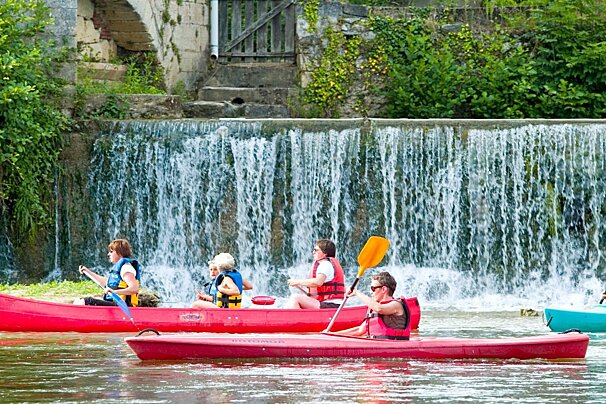
CANOEric, Le Bugue
Easy canoeing for everybody. You can navigate with family or friends in peace. You’ll be given a solid equipment, stable canoes and buoyancy aids.

© La Maison Olea B&B, Le Bugue
Stunning guesthouse in the hills above Le Bugue
Situated in a picture perfect location and in the epicentre of the Pèrigord Noir, La Maison is in the ideal location to explore one of the many regional delights.
Murielle and Frances are sure to make you feel welcome in one of their 5 guest houses, 2 of their 4 star gites or the adjacent studio. All have been tastefully decorated in a clean contemporary style, but maintain the style and pastel colours of the region.
A heated salt-water pool overlooks the Vezere Valley and is surrounded by deck chairs, parasols, greenery and floral arrangements.
Guests are offered the opportunity to join the hosts for dinner and sample their refined homemade cuisine, which makes the most of the glut of incredible seasonal produce. They also pair the food with some of the best wines from Bergerac.

Easy canoeing for everybody. You can navigate with family or friends in peace. You’ll be given a solid equipment, stable canoes and buoyancy aids.

A great place for a family day out and to escape the pre-historic world of the Dordogne...instead, enjoy the family atmosphere and displays of this fresh water aquarium.

A living museum that offers much more than your ordinary museum or theme park. A great day out that will take you and your family back in time to an era long ago.
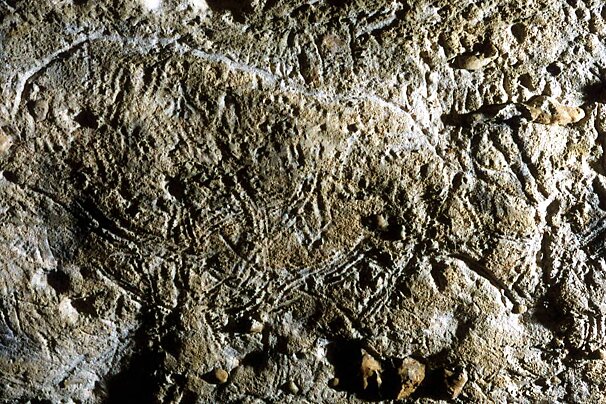
The southernmost of all the caves of the Vézère valley, Bara-Bahau was classified as an historic monument in 1961.
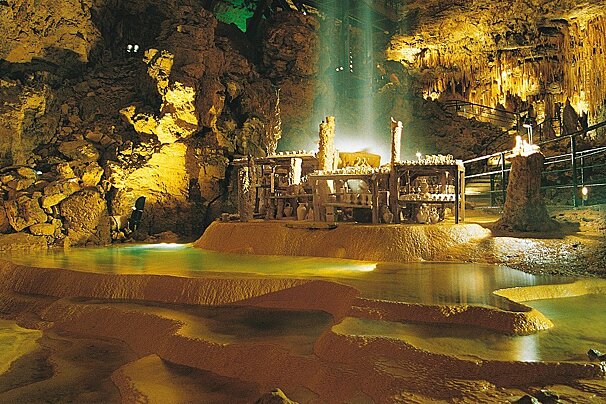
The largest cave in the Périgord region, close to the pretty and tranquil town of Le Bugue. Proumeyssac has a vast subterranean grotto reaching 40 metres in height.
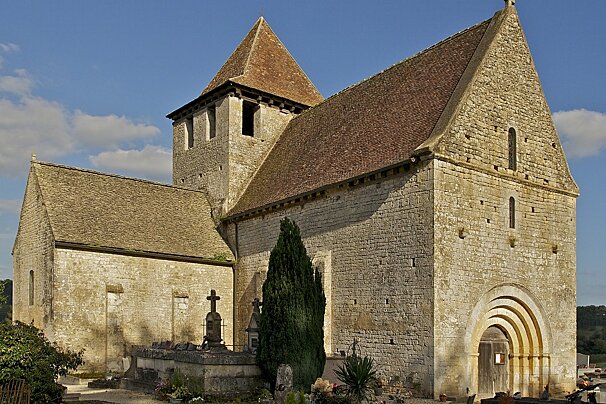
The church at Saint-Martin is distinguished for its original frescoes, which can be foudn inside, and its dedication stone.
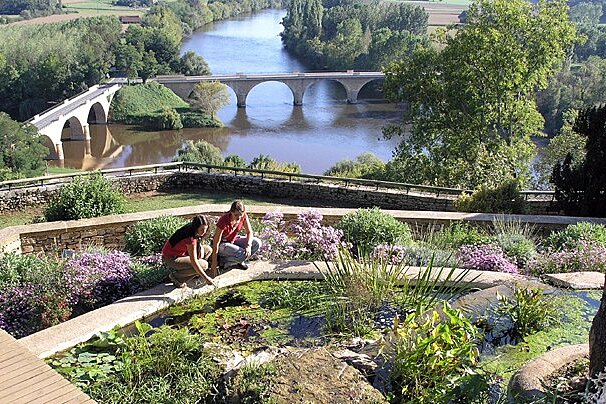
This beautiful and vast area has been split into themed garden areas, with interpretive trails running through them to both educate and add to the enjoyment of visitors.
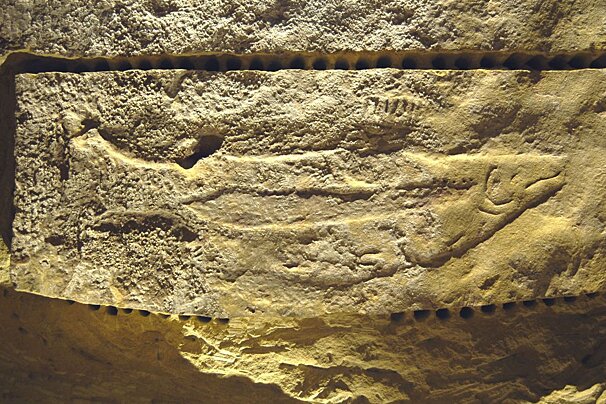
This rock shelter was discovered in the late 19th century, but its fascinating engravings of prehistoric fish were not identified for some 20 years.
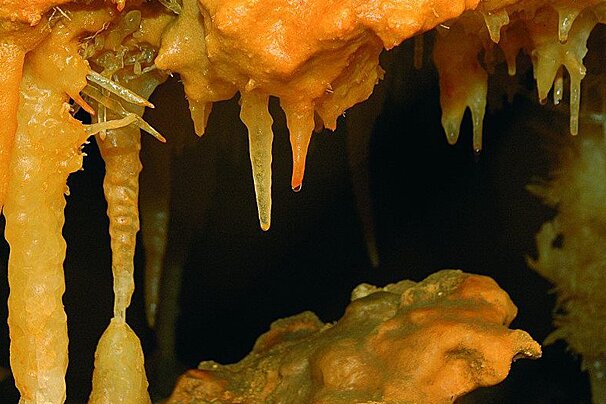
The Grand Roc cave, registered with UNESCO as a World Heritage site, is a true mineral forest, including crystallizations, calcite flows, stalactites, stalagmites, pillars, eccentric stalactites, draperies, and more.
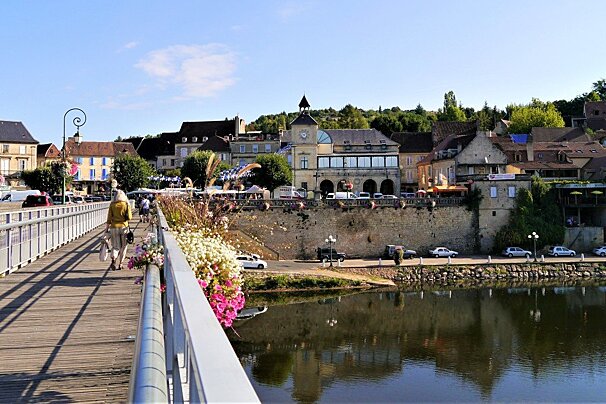
The relaxed town of Le Bugue sits on the river Vézère where it's joined by the Doux. A more tranquil base for exploring the region, it has some pretty, narrow streets and a bustling market twice a week.

Limeuil is a picturesque old village which features on the list of 'Les Plus Beaux Villages de France'. It has a pretty park on the top of the hill and some ruins from its medieval past.

The town and the surrounding prehistoric sites have been designated a UNESCO World Heritage site. Nearly 150 sites have already been discovered and contain significant finds dating back as far as the Middle Stone Age - about 300,000 to 40,000 years ago.
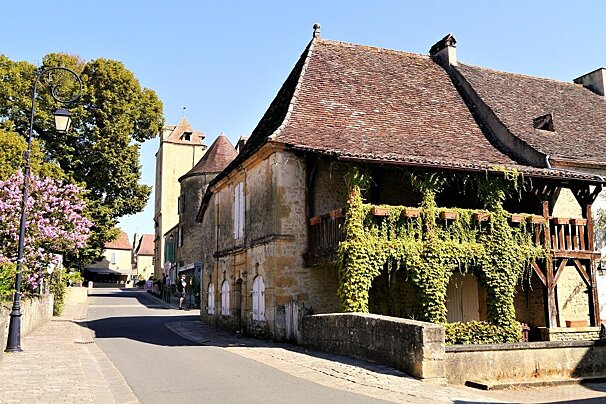
Trémolat was originally home to a 6th century hermit, Saint-Cybard, before monks built their monastery here in the 9th century.

A small but beautiful medieval village built around the Cadoudin Abbey, constructed by the Cistercians in the 12th century. It's situated very close to the neighbouring larger town of Le Buisson de Cadouin
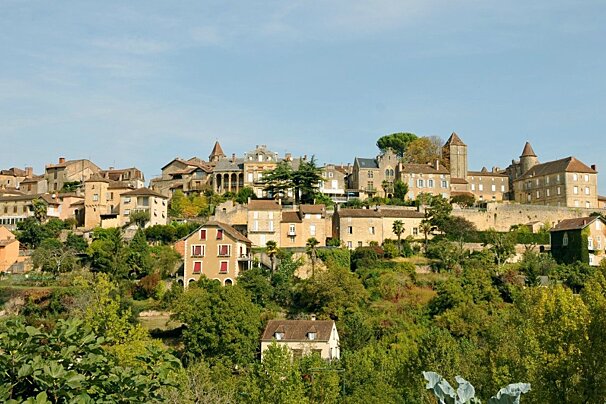
Sitting proud on a rocky outcrop overlooking the Nauze valley, this fortified town boasts seven bell towers and an 11th century keep that is still standing, despite numerous invasions and wars.